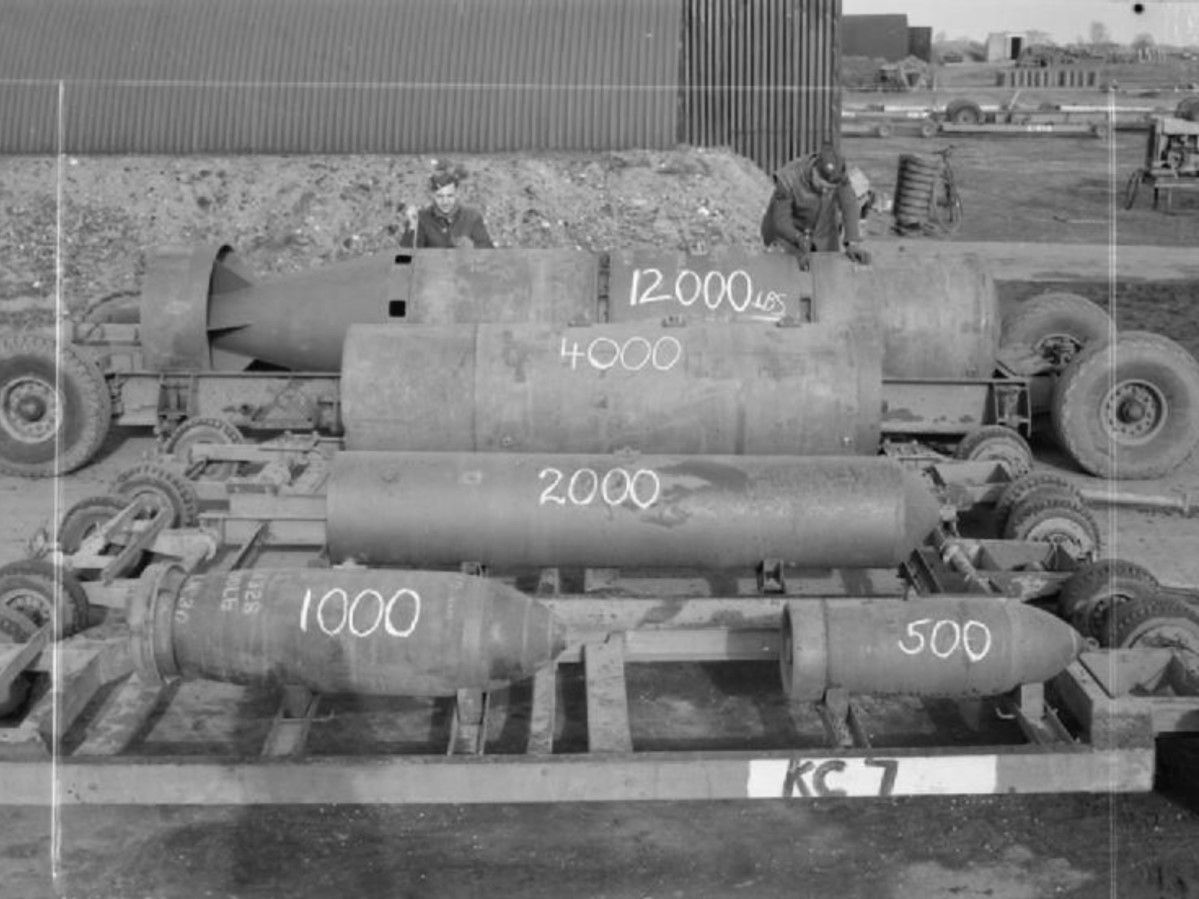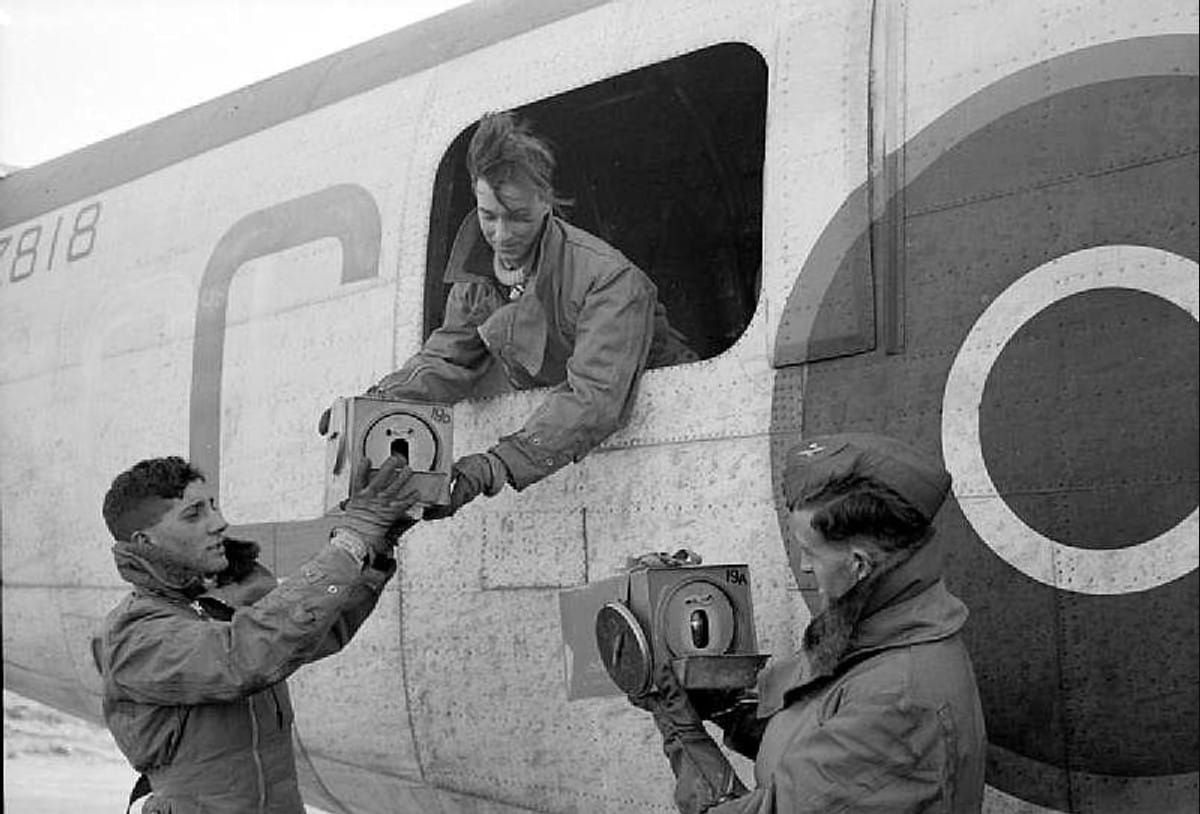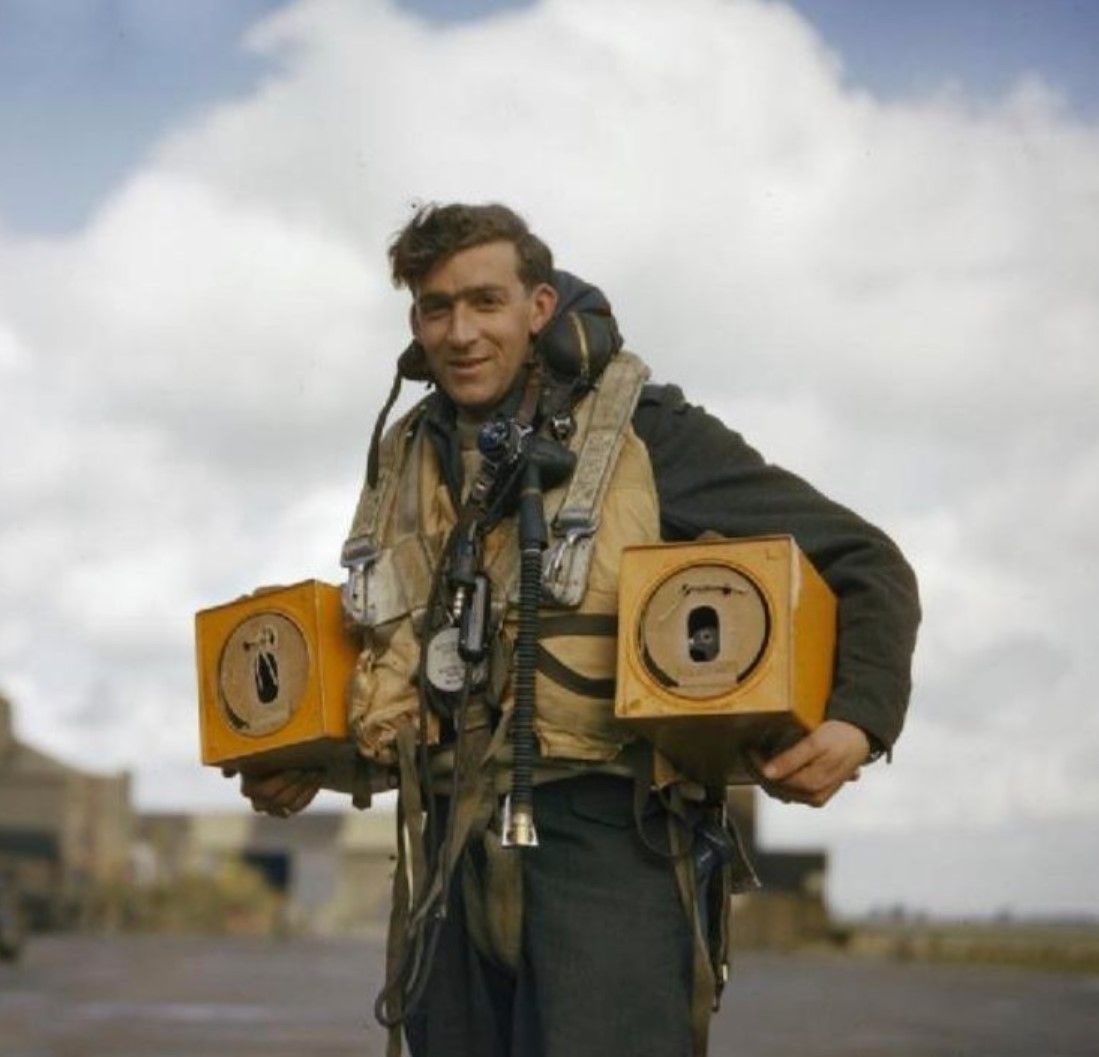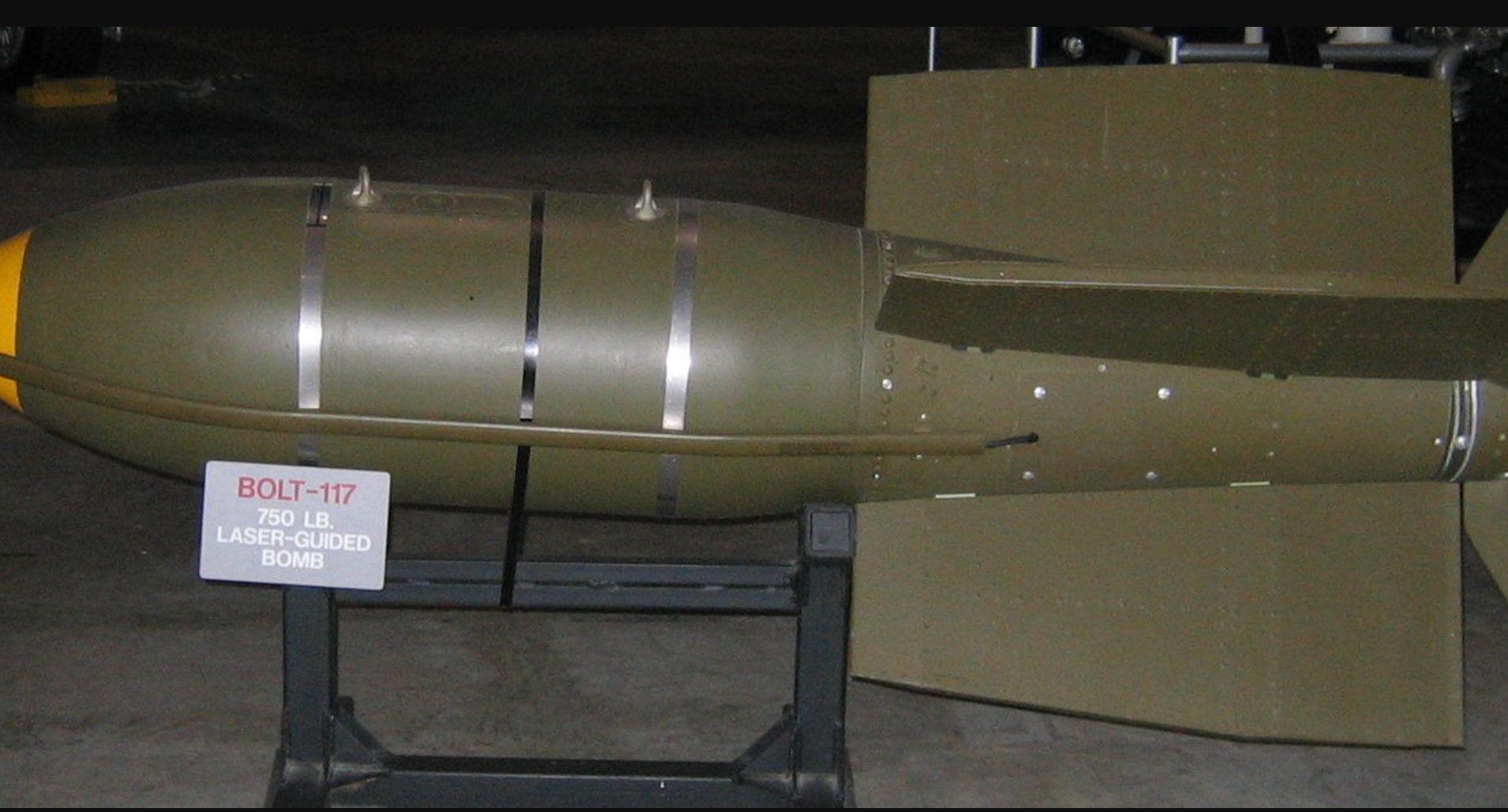One Of WWII’s Unusual Experiments Involved Training Pigeons As Guided Bomb Pilots
One of the least talked about challenges of armed conflict is the waste of bombs. These explosive devices, which usually don’t come cheap, are known to miss their intended targets pretty often.
The “Pigeon Project” was the most intriguing attempts to remedy this problem. Bombs received guidance from birds, a master of the skies.
Nations Develop Various Responses to Bomb Waste
If the rate of bomb waste was lower, nations wouldn’t spend a fortune funding battles. This understanding prompted nations to search for better ways to increase bomb accuracy. The Japanese, desperate to have an upper hand over their enemies, decided to use humans as bomb escorts.

Source: Wikimedia Commons
This style, popularly called the “Kamikaze,” wasn’t in congruence with American ideology. Thus, someone had to come up with an equally effective but less dangerous idea.
Birds to the Rescue
Animals are not strangers to armed conflict between nations. From elephants to rats and dogs, several nations have enlisted the help of mammals in conflicts.

Source: Wikimedia Commons
But this new idea would seek the cooperation of a new kind of ally, one which is the natural master of the skies—birds. Pigeons, to be precise.
Introducing the “Pigeon Project”
It was well-renowned American psychologist Burrhus Frederic Skinner (B.F. Skinner) who developed the idea of using birds as bomb guides.

Source: Wikipedia
The Harvard professor of psychology, considered one of the fathers of behaviorism, reasoned that if trained well, pigeons are a perfect guide to bomb targets. He had used them in unrelated experiments in the past, and had grown significant confidence in their ability.
The Nitty-Gritty of the Pigeon Plan
The Project Pigeon arrived just after several failed attempts to develop radar-guided bombs. Dr. Skinner saw the usefulness of a prototype airframe, one of the remnants of the radar-guided bomb experiments.

Source: Wikimedia Commons
The prototype equipment had a shape that resembled a small glider with wings and tail surfaces. In addition, it had a compartment for explosives and a control section in the nose cone.
The Birds Play a Special Role
There was space in the control (or guidance) section for three birds. Right in front of the pigeons were screens that would project the image of the bomb targets.

Source: Wikimedia Commons
The birds were trained to peck the image of the target. Then, fixed sensors would transmit the corresponding angular direction of the bird’s beaks to the wings and tail surfaces, which guided the bomb toward the actual target.
The Project Never Sees Light of Day
As brilliant as the plan was, potential sponsors were reluctant to invest in the project. Bombs and birds in a combat strategy sounded ridiculous and drew bouts of laughter whenever Dr. Skinner presented the plan.

Source: Wikipedia
Finally, the professor was able to attract $25,000 in sponsorship—but it came too late. Unfortunately for Skinner, there was a breakthrough in the development of the radar-guided bomb project. Thereafter, the relevance of the less-advanced bird-guided bomb soon faded, along with Dr. Skinner’s enthusiasm.
